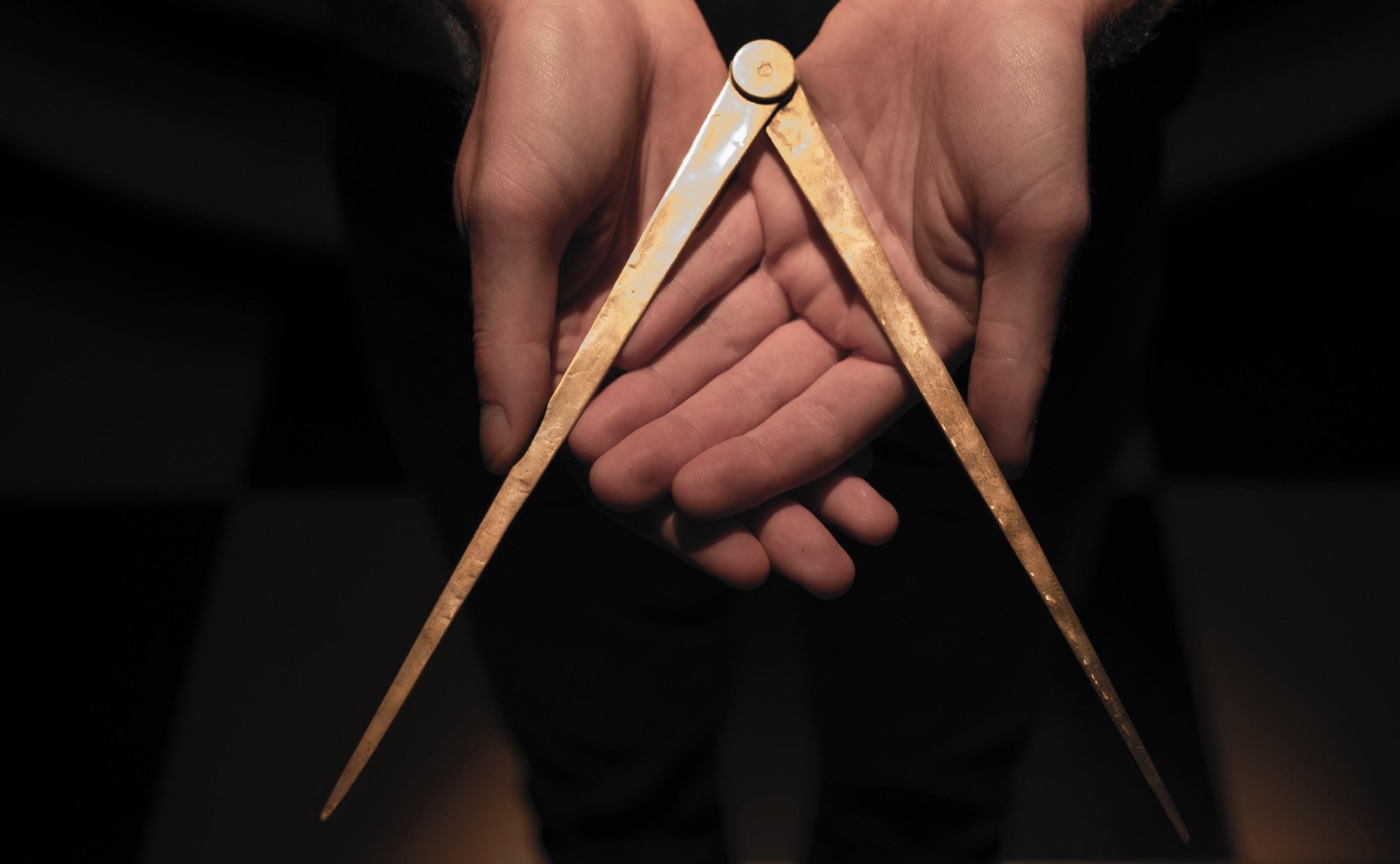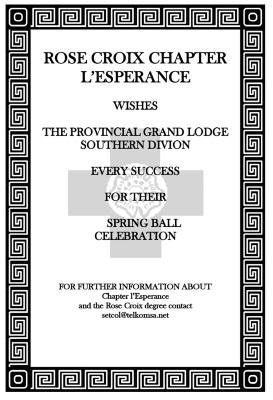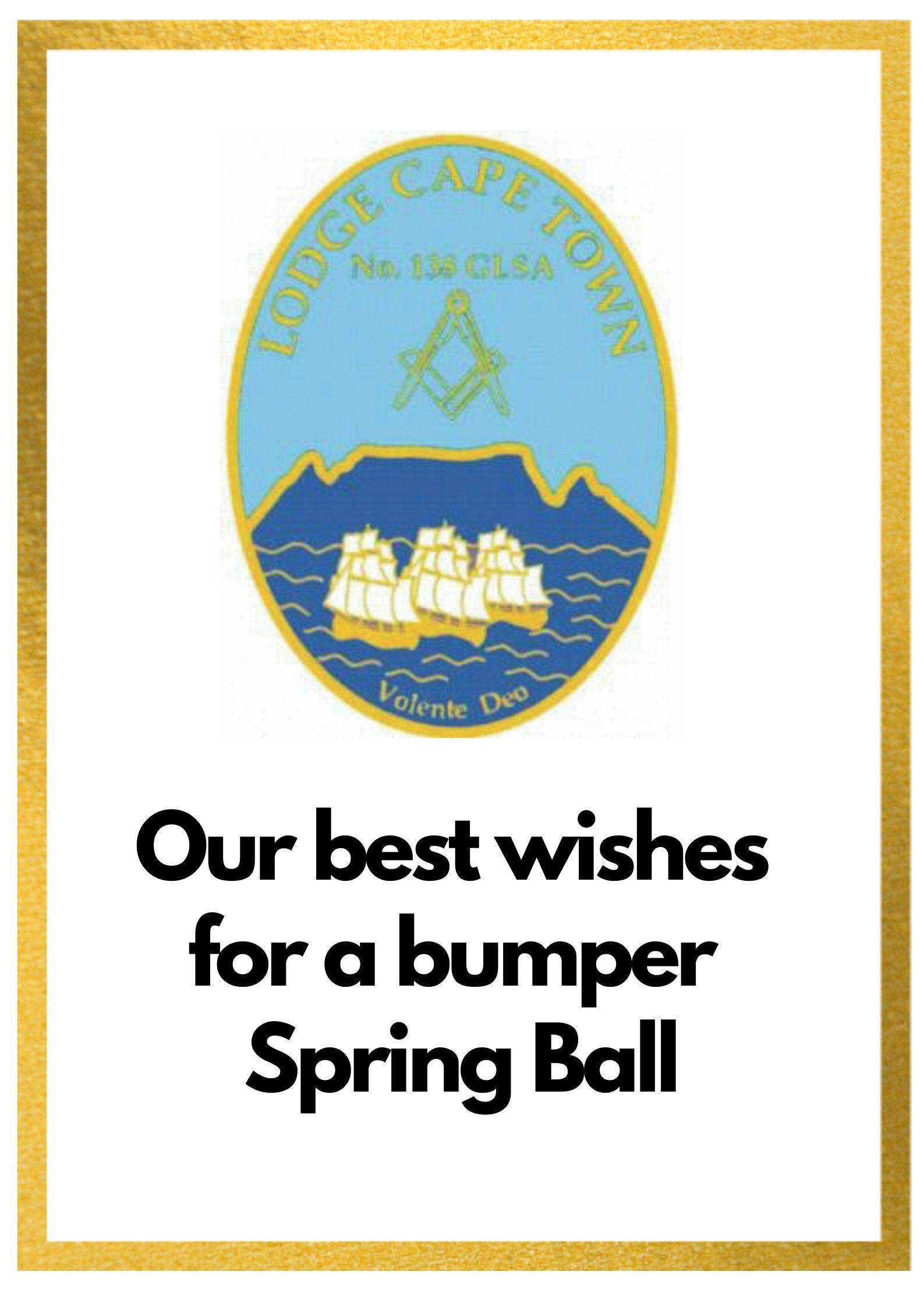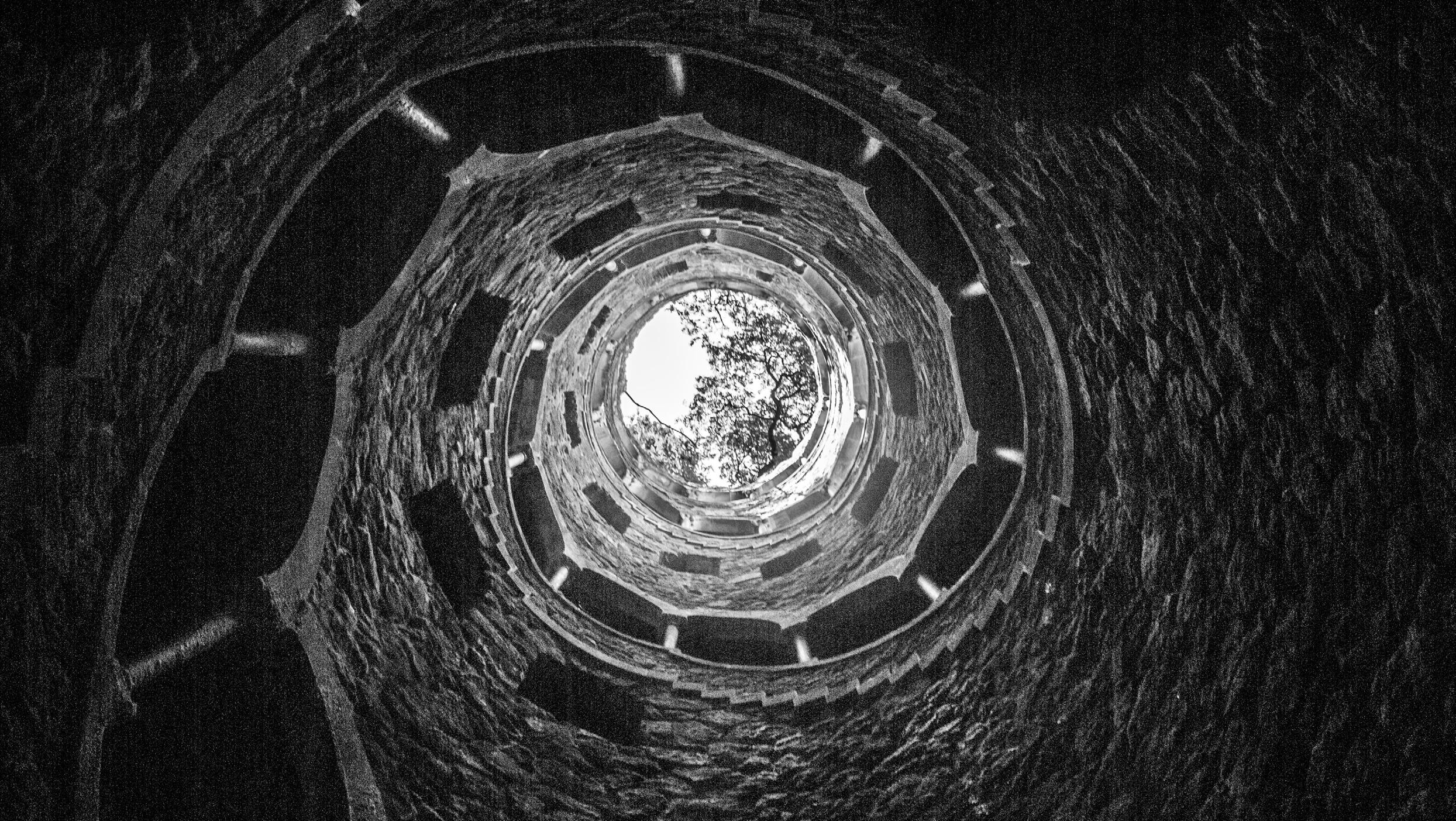
12 minute read
Emblems of Freemasonry
With the formation of the many Grand Lodges over the last 300 years, various “emblems” have become widely used in the rituals and traditions. Some are common to all, others are peculiar to our Constitution, whilst others have become discarded as rituals evolved into their present forms.
By Wor Bro Raymond Franks
Advertisement
All emblems have a practical meaning and a symbolised reference peculiar to the degree in which they are used. I will attempt to mention various Emblems I have encountered including those depicted on our Tracing Board, without encroaching on their symbolic usages, rather in a hope of expanding the inquisitive minds of the Brethren to visit Lodges of our own and Sister Constitutions. To discover answers to many questions can be most fulfilling, rewarding and awaken our Masonic curiosity.
Tracing Board
It is a most informative emblem with its many symbols which have evolved into their present forms. It can be a single device collectively for the three craft degrees or three single devices, one for each degree. In the Operative Lodges of old, the Overseers (Foremen) traced the work to be undertaken in a specially prepared sand area, which was smooth and clean. Once the work was complete the “Trace” was erased and a new trace was made for the next day’s work. Today’s tracing boards are still used for instructional purposes, laying out the path through the degrees for the initiates, step by step, with a view of increasing their understanding of that degree as more is revealed.
The Lodge
It is positioned from East to West and North to South thereby indicating the universality of Freemasonry.
The Sacred Symbol
The Sacred Symbol which is found in all Lodges alludes to the “G” the “G.A.O.T.U.” whose all seeing eye is upon man wherever he is. In some Lodges the “Tetragrammaton” is used.
The Ashlars and Lewis
These are also known as the Rough and Cubic stones. Referring back to operative Masonry, the Rough Ashlar represents the start of an apprentice mason’s journey through life and his quest to overcome the many challenges in order to become a true Mason.



The Perfect Ashlar is the final product, a perfect a stone of a perfect die and fit only to be tried by the Square and Compass. The work of a true craftsman.
The Perfect Ashlar is normally suspended by a metal cramp dovetailed into the stone, representing the son of a mason supporting his parents, namely a Lewis.
24 Inch Gauge
Possibly it could be a derivative of a “Cubit “as used by the antient builders and architects and then evolved into the equivalent of “2 Feet”. It is an instrument of measurement used to measure the work to be done and estimate the time and labour it will take. It can be divided into three equal sections of each 8 inches, representing a 24 hour day with three 8 hour intervals. One for a work period, another for sleep and refreshment and the other for worship and helping or assisting a brother in time of need.
The Maul or Mallet and Chisel
The Chisel, although small, is a solid tool without which no forming or trimming work can be completed. In the hands of the Craftsman, aided with the help of the Mallet (common Maul), work of intense beauty can be achieved. As a prime example of this skillful combination, view the “Apprentices Column” in the Rosslyn Chapel.
The Gavel
This is an emblem of authority and used by the Worshipful Master and his Wardens
The Mosaic Pavement
The Mosaic Pavement is the beautiful flooring of a Freemasons Lodge. It points out the diversity of all creatures and uncertainty of all earthly things. It teaches us humility, not to be proud or boastful and be aware of His Ways.
Lever or Crowbar
As you may rightfully assume, it is used to move objects of great weight or bulk. With this extra power and strength you are taught to use it for more noble purposes.
The Two Pillars B & J
These were mounted at the entrance of the King Solomon’s Temple and are referred to in many masonic degrees. Purportedly they were made hollow to act as a depository to house the secrets (knowledge) available then to mankind. One made of bronze and the other of brick with the purpose of withstanding destruction by either fire or flood. (Refer 1 Kings Chapter vii verses 15 to 22.)
Tessellated Border
The Indented or Tessellated Border forms a skirt-work around the Grand Design of masonry and reminds us that to enjoy our many blessings of life with which we must carry out the tenets of our Order.
The Staircase
In our Constitution the Staircase with its seven steps represents a candidate’s careful progress into Masonry.
The Winding Staircase
Symbolic in other Constitutions and Orders, it represents a candidate’s progress from the 1st. to the 2nd degree.
Jacob’s Ladder
It guides a Mason’s advancement in life by practicing the many masonic virtues, especially “Faith, Hope and Charity” which are interwoven throughout the many Orders of Masonry.
Architectural Columns
Each Craft Lodge has Three Grand Pillars depicted either on the Tracing Board or the Candle Sticks or mentioned in their ritual. Their architectural designs depict the three classical Greek styles of Ionic, Doric and Corinthian representing Wisdom (WM), Strength (SW) and Beauty (JW).Three rule a Lodge, however five hold a lodge and here reference is made to the additional two Antient Roman architectural orders being the Tuscan and Composite designs.
The Clay Tablet
In olden times a copy or mould of important architectural designs was made. This would act as a guide and also prevent their loss. On our tracing board, this image of a clay tablet housing the impressions of the Five Orders of architecture has been included. This is to assist us in remembering their emblematical significance and usage.
The Square
The Square depicted on the tracing board is today’s practical version of the 49th Problem of Euclid or Pythagoras’s Theorem, i.e. The sum of the squares of two sides equals the square of the hypotenuse. Originally a cord of 3 units was used for the opposite side (3x3=9) Next a cord of 4 units was used for the adjacent side (4x4=16) Finally a cord of 5 units was fastened to form the hypotenuse (5x5=25) All cords being pulled tight, a perfect 90 degree or right angle was formed. Hence the “3+4+5” being a sacred symbol among the antient architects. Historical references exist dating back over 4000 years to the importance of this ratio being used to ensure the perfect square work of antient structures. Possibly even the Pyramids. It is used to “Prove” work and ensure bringing rude matter into due form.
The Level
It is used to lay levels and prove horizontals. Every building foundation (Entered Apprentice), if laid out on the level, has every possibility of becoming a true and lasting structure.
The Plumb-Line (Plummet)
One of the most useful tools used throughout the ages is the Plumb-Line. By using it, it is a sure way to keep a building vertical and the mason true. The Leaning tower of Piza is a perfect example of moving away from the vertical or true path.
Three Windows
Whilst not mentioned by other Constitutions, the principle of spreading the light of Freemasonry beyond the confines of our Lodges should be an objective of us all.
The Sun & Moon
The Sun, being a glorious luminary, regulates and enlightens the day. As the sun is always at it meridian in some parts of the globe, with the Universality of Freemasonry, the sun must always be at its meridian to the Order. The sun to rule the day, the moon to





govern the night and the Master to rule and govern his Lodge.
The Pencil
This enables the skillful Architect to delineate the work in elevation for the instruction of the craftsmen.
Compasses
Once the plans are drawn, the architect can proceed to estimate with accuracy and precision the limits and proportion of the structure’s external parts. All to keep within the bounds of good and evil. It is an emblem peculiar to the Worshipful Master.
The Skirrit
Whilst unknown in our Constitution, it is referred to as a working tool. It is an instrument which acts on a centre pin with a cord wrapped around it. When a line is drawn with the cord it provides a straight line to enable work to be marked out accurately.
Trowel
Whilst the Trowel is depicted on our tracing board, it is no longer mentioned in our rituals. Today it is used in the proceeding degrees. Nothing can be united without the adequate spread of Brotherly Love to form a harmonious Lodge structure. The perfection and durability of the building depends on the suitable disposition of the cement. Be aware of who is invited into your midst, it could cause discontent and disharmony. The Lodge or the “building could fall”.
Nine Stars
Referring to Pythagoras’s Theorem, if we use the first four “square “ numbers ( 1,4,9,16) and then subtract each number from the next one we get: 4-1 = 3 The Entered Apprentice steps – Three rule a lodge 9-4 = 5 The Fellow of Craft Steps – Five hold a Lodge 16-9 =7 The Master Masons steps - Seven or more make it Perfect. These are necessary to gain admission to the Middle Chamber. But the Nine steps are for the Fellow of Craft to gain the knowledge of a Master Mason.
The Slipper
Slipping of the Shoe refers to an antient custom in Israel. The shoe played a part in the bartering system in Hebrew Law. We read in the book of Ruth Chapter 4 verses 7 & 8 that it was an antient custom in Israel when completing a transaction. The seller would “slip off “his shoe and hand it to the buyer as a testimony of an accepted deal.
Forget-Me-Not Flower
This could well be one of the more recent acceptable masonic emblems. Whilst it appears as a small lapel pin, it serves as a very powerful symbol to us all. Traditionally it originated to show the existence of Freemasonry even under oppressive banning laws.
The Beehive
The Beehive is a very old masonic symbol that is still used in many countries. It originated well before the advent of the Grand Lodges. There are seven bees shown flying around it to represent the number to make a lodge perfect. The Beehive teaches us that as we are born into the world as intelligent and rational human beings, so we ought to also be industrious ones. Not to stand by with listless indifference to our surroundings.
The Ark
The Ark is an emblem of safety and our trust in the Great Architect of the Universe, that God guided the Ark to safety and saved the human race from utter destruction. There is a proceeding degree dedicated to this legend.
The Straight Edge
It may be insignificant, but this straight piece of wood can be used to ensure surfaces are completed with the utmost of perfection, even and level. Hence with the correct instruction and nurturing from his brethren an Enterered Apprentice can rise to be a perfect Mason, level and true, who in turn can use his skills to help and guide others in brotherly mentorship.
From the Worshipful Master and Brethren of Lodge De Goede Trouw, we wish to extend our Best wishes to all Brethren at this our first (and hopefully last) Covid Spring Ball. We trust you are all safe, healthy and in good spirits.
As our little lodge has grown over the years when prospective new brothers interview, we make a point of letting them know that our lodge is one where we actively encourage them to bring needs to us to fill. We do this so that from the outset they are aware we are not about ourselves, we are not only inwardly focussed, but look outwards to society to see where we can help, where we can add value to the world around us. Over the years we have demonstrated the goodness of our craft by our deeds in the world around us, carrying on the long tradition that for our little lodge, goes back over two, almost three centuries.
We are often reminded in our workings that we are encouraged – no, INSTRUCTED – that no man lights a candle and hides it from the world, that we are to be a light to those around us. When we are amongst our Brethren we are just another light among the many in the room. It is out there in the world that we are to make our light visible. We have taken this simple instruction to heart. The instruction is clear: it is not about whose light burns brightest, it is the principle that the slightest light can illuminate an entire room full of darkness and many are the stories of how a simple meal had made someone’s day, how a quick phone call saved a life.
We are encouraged by the ancient principles established in our order and there is one that to us stands apart. This is the principle of correspondence, as above, so below, so inward, so outward. By applying this principle in our lives, we can bring about change in our own lives and those of others. If one wants to feel loved, one must express love, if one wants to receive, one must give, the very experience of our own lives and our craft must start with us as individuals and by extension with our Lodge.
We extend our warmest wishes to all this Spring Ball. May brotherly love and charity be with you all.
T Pedersen Master, Lodge De Goede Trouw










